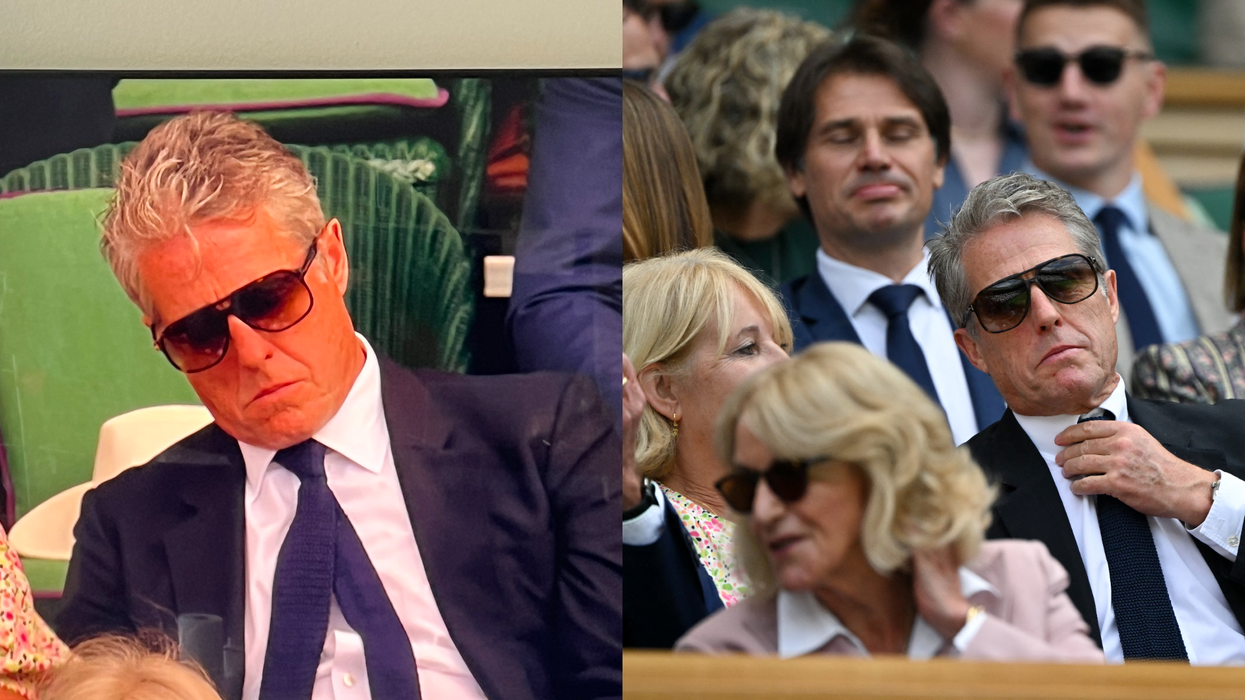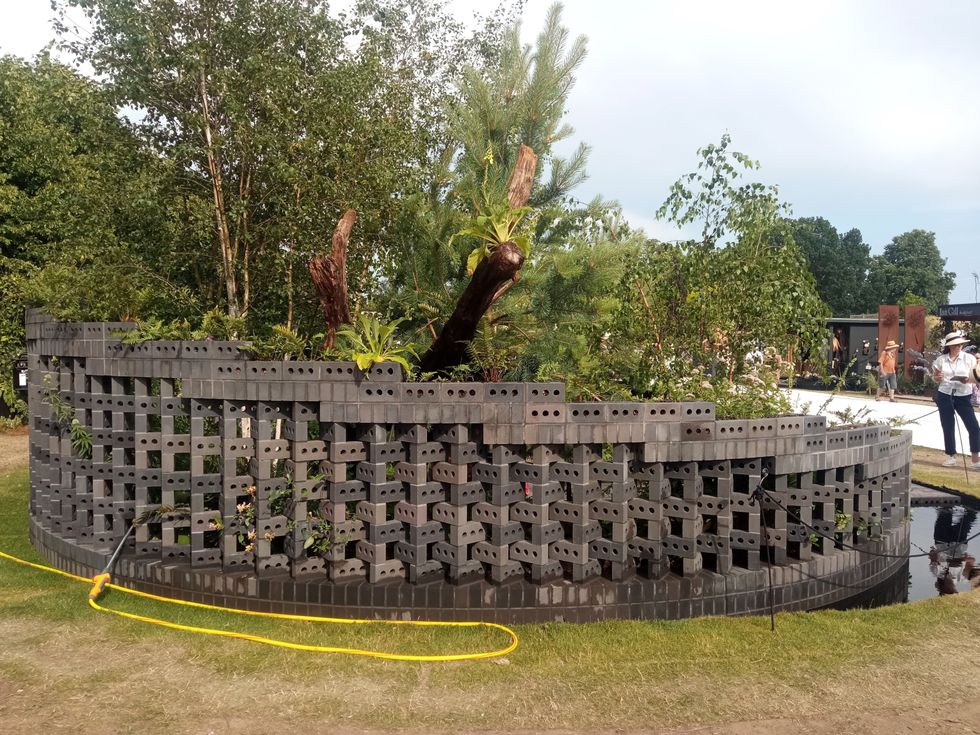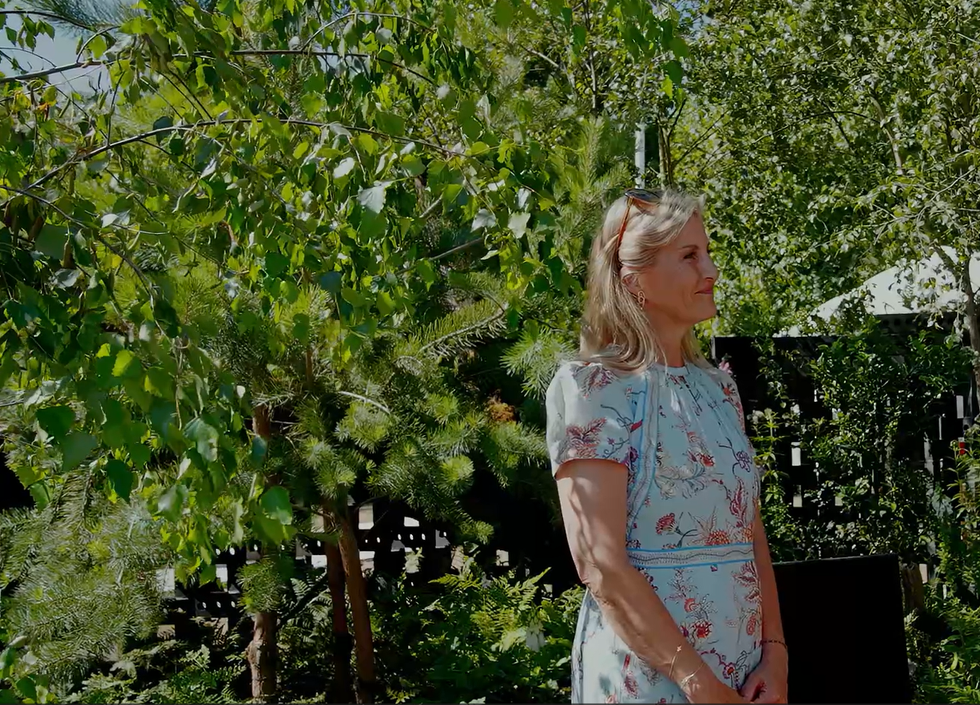Indian prime minister Narendra Modi's upcoming visit to the United States is expected to be marked by several key moments that will further strengthen bilateral relations and showcase India's global influence. Modi is visiting the US from June 21-24 at the invitation of US president Joe Biden and first lady Jill Biden.
From diplomatic meetings to addressing the US Congress, here are five anticipated highlights from Modi's US trip.
1. Addressing the United Nations (UN) on Yoga Day
Modi's visit to the US will commence in New York, where he will take charge of leading the International Day of Yoga celebrations at the United Nations Headquarters on Wednesday (21). This year, the world will observe the ninth annual International Yoga Day celebrations, a global event that was launched on June 21, 2015.
Modi, as part of his state visit to the US, will host the event.
The timings for Yoga Day this year will be from 8 am to 9 am EST on Wednesday (21). Notably, this marks the first time the event is being hosted abroad. The theme for Yoga Day in 2023 is "Yoga for Vasudhaiva Kutumbakam," which signifies the concept of "One Earth, one family, and one future."
2. Intimate dinner with Biden family on June 21
Modi will subsequently journey to Washington DC, where he is scheduled to receive a ceremonial reception at the White House on Thursday (22). The Biden family is planning to host an intimate dinner for Modi on June 21, a day before the much-in-demand State Dinner at the White House, a senior administration official has said.
The historic visit, among other things, would include an impressive welcome ceremony on the South Lawns on June 22, which later in the night would also become the venue for the State Dinner.
“We will have a very substantial arrival ceremony on the White House lawn. The night before, I expect the Prime Minister and President Biden and the Biden family to have some moments of intimacy where they really have a chance to sit down together,” the official said. The venue of the intimate dinner has not been disclosed.
3. State Dinner and lunch on June 22 and 23
The day of hectic activities on June 22 will conclude with a state dinner, for which a tent is likely to be pitched on the South Lawns of the White House to accommodate the large number of invited guests.
The guest list is normally released on the evening of the state dinner. The attendees are expected to be the stakeholders of this relationship from across the US also from India.
“I think the State Dinner will be really a celebration of the US-India relations with supporters and advocates coming from India, but also around the United States. We have a saying ...it's a very hot ticket. Hardly a day goes by when I haven't received requests from people to get the last tickets to the state dinner. I believe it will be a wonderful celebration,” the official said.
According to the official, who spoke on conditions of anonymity, there will be a lunch at the Foggy Bottom headquarters of the State Department hosted by Vice President Kamala Harris and the Secretary of State Antony Blinken on June 23.
“There will be a number of events while the Prime Minister is here celebrating various elements in the relationship, technology, education, and training. Basically, the prime minister has asked for an extremely robust schedule, and that's what we've done. We have essentially given him almost a full slate of events that, in many respects, makes clear why we think the US-India relationship is so important,” the official said.
“It's very special. It has been curated in a way to appeal to the prime minister. It will be a nice and appropriate gesture of a close partnership between the two leaders,” the official said.
While the number of guests invited for the State Dinner remains a closely guarded secret, the official confirmed that it is much larger than the 120 that can be accommodated in the State Dining Room of the White House, the traditional venue of the state dinner.
Speculation is rife that some 400 people would be attending the luncheon being hosted in honour of Modi.
“Yes (pitching the tent on the South Lawns of the White House). It will be extraordinarily glittery, wonderful, and with great entertainment. And I think it will be a wonderful celebration. We'll have many dimensions to it. And everyone is quite excited,” the official said.
Several eminent Indian Americans serving in the Biden Administration like Neera Tanden, Dr Vivek Murthy and Dr Rahul Gupta are expected to attend the state dinner.
4. Joint sitting of the US Congress
On Thursday (22), Modi, upon receiving an invitation from US Congress Leaders, will address a joint sitting of the US Congress. Accompanied by Speaker of the House of Representatives Kevin McCarthy and Speaker of the Senate Charles Schumer, Modi's address will provide a platform for further strengthening bilateral relations and fostering closer ties between India and the US.
It is expected that the five Indian American Congressman – Ami Bera, Raja Krishnamoorthi, Pramila Jayapal, Ro Khanna and Shri Thanedar – have been invited to the state dinner.
Indian-American Congressman Shri Thanedar would be escorting Modi to his historic joint address to the US Congress.
The first-time Democratic Congressman, who represents the 13th Congressional District of Michigan, has also been invited by Biden for the White House State Dinner hosted in honour of Modi on the same day. It is the second time that Modi is addressing the joint session of the US Congress, a first for any Indian prime minister. The prime minister had earlier addressed the US Congress in 2016.
"(Spouse) Shashi (Thanedar) and I are looking forward to the Prime Minister's visit to the United States; this is a historic event for the Prime Minister. I hope to stress upon the Prime Minister the need for stronger US-India ties," Thanedar, 68, said.
“It is an honour to have Prime Minister Modi back in the United States. He has been a role model for many of us around the world with Digital India and how he brings those benefits to every citizen across the country,” US-India Strategic Partnership Forum (USISPF) Chairman John Chambers said in a statement.
“Modi is able to build relationships with various stakeholders in the United States and focuses on the win-win aspect. Prime Minister Modi has the ability to inspire hope and translate hope into vision and vision into results and those benefits are well evinced. I look forward to hearing Prime Minister Modi address a joint session of Congress,” Chambers said.
Modi's invitation to address a joint session of Congress makes him one of the few world leaders to have been offered the chance to address a joint session of Congress on two different occasions.
5. Meeting CEOs, professionals & other stakeholders
Modi is also scheduled to meet a prominent personalities while he is in the US, both in New York and in Washington DC. This would include some prominent CEOs also, foreign secretary Vinay Kwatra said in New Delhi on Monday (19).
Apart from official engagements, Modi's itinerary includes several interactions with top CEOs, such as Indian Americans Satya Nadella from Microsoft, Sunder Pichai from Google and Raj Subramaniam from FedEx.
The prime minister will also meet the CEOs of top American companies including MasterCard and Adobe during his trip to the US, a source with knowledge of the matter said.
The CEO reception with more than 1,200 participants, including business leaders from US and Indian companies such as Tech Mahindra and Mastek, will be held on June 23 at Washington's John F Kennedy Center for the Performing Arts, the source added.
Top people Modi will meet during his visit
There is great enthusiasm among Indian-Americans about Modi's visit and the prime minister will also meet members of the Indian diaspora.
Hundreds of people from across the country are preparing to travel to Washington DC next week to participate in various events related to the visit.
On June 21, hundreds of Indian-Americans have planned to gather at Lafayette Square Park in front of the White House to welcome Modi with a cultural extravaganza that would be reflective of India's cultural diversity.
But before that, Modi will meet in New York on Tuesday (20) with two dozen thought leaders from various walks of life, including Nobel laureates, economists, artists, scientists, scholars, entrepreneurs, academicians, and health sector experts. These include:
- Elon Musk, entrepreneur and Tesla and Twitter owner. Previously, Modi met Musk in 2015 during a visit to the Tesla Motors factory in California. At that time, Musk did not own Twitter. The upcoming meeting between the prime minister and Musk is significant as it coincides with Tesla's search for a suitable location for its factory in India.
- Falu Shah, Grammy Award-winning Indian-American singer. Falu, who received the Grammy Award for Best Children’s Album in 2022 for her album A Colorful World, said the idea to write a song about millets came to her when she met Modi in New Delhi last year after her Grammy win. The New York-based artist underlined that the song aims to promote millets and help farmers to grow more and try to end hunger in various parts of the world.
- Mary Millben, African American singer and actress. Millben is confirmed to perform for Modi and guests at an invitation-only diaspora reception hosted by the United States Indian Community Foundation (USICF) at the Ronald Reagan Building and International Trade Centre in Washington, DC on June 23.
Besides these thought leaders, Modi will also meet:
- Neil deGrasse Tyson, astrophysicist and science communicator known for his popularization of science.
- Paul Romer, an economist, and Nobel laureate
- Nicholas Nassim Taleb, a scholar, and author known for his work on risk and probability
- Ray Dalio, a billionaire investor, and philanthropist
- Jeff Smith, political scientist, and author
- Michael Froman, former United States Trade Representative
- Daniel Russel, diplomat and former Assistant Secretary of State
- Elbridge Colby, strategic and defense policy expert
- Peter Agre, Nobel laureate in Chemistry
- Dr Stephen Klasko, renowned healthcare executive
- Chandrika Tandon, Indian-American businesswoman, and artist
(With inputs from agencies)

















 The circular structure inspired by jali screens in India
The circular structure inspired by jali screens in India Sophie, Duchess of Edinburgh, at the garden
Sophie, Duchess of Edinburgh, at the garden The couple display their medals
The couple display their medals
